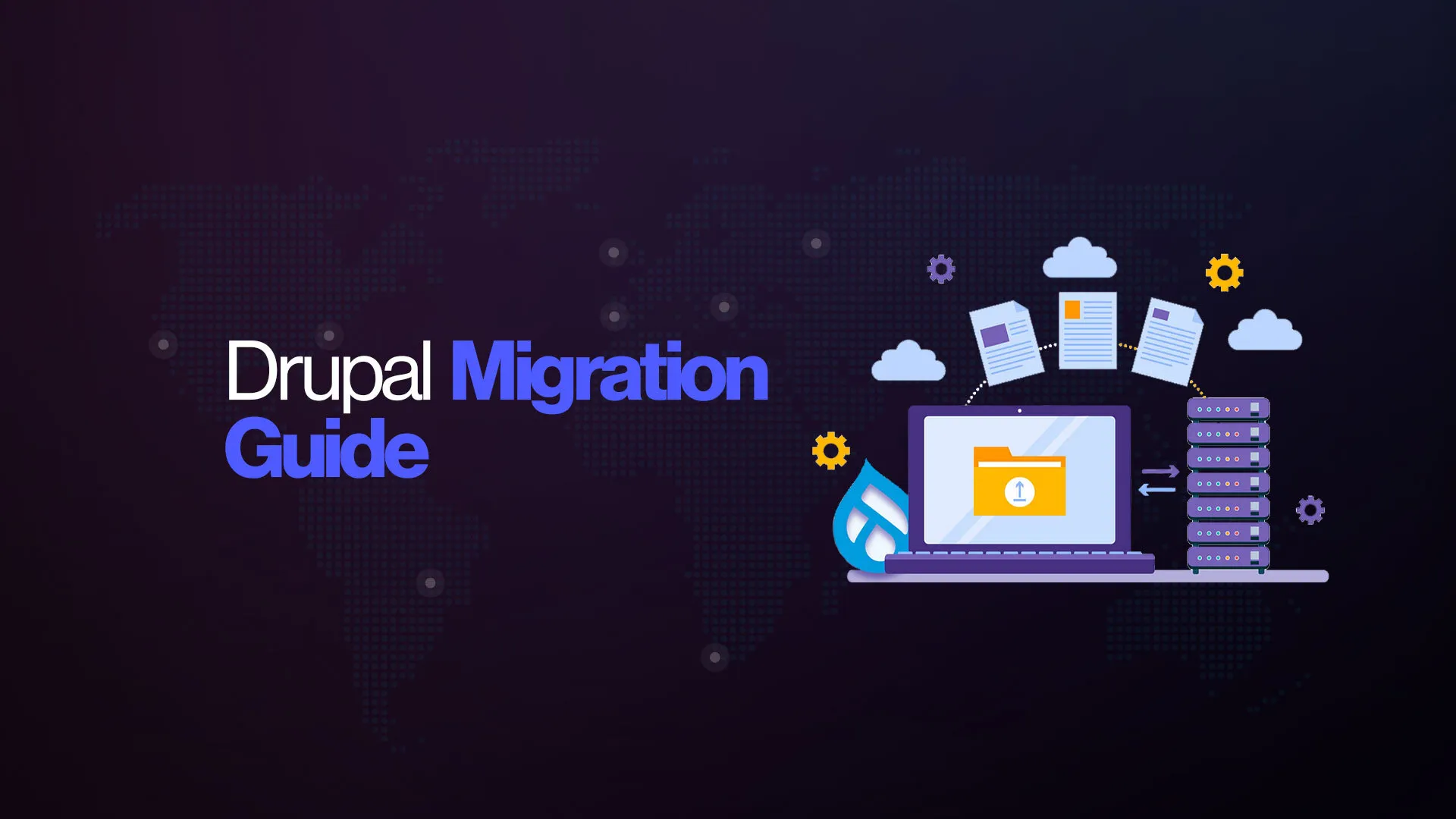
Drupal, a robust and flexible content management system (CMS), has evolved significantly over the years with each new version introducing enhanced features, improved security, and better performance. If your website is currently running on Drupal 7, it's crucial to plan and execute a smooth migration to Drupal 10 to leverage the latest capabilities and ensure long-term sustainability.
Why Upgrade from Drupal 7 to Drupal 10?
Drupal 7, while still functional, has reached its end-of-life (EOL) status, meaning it will no longer receive official support or security updates from the Drupal community. Upgrading to Drupal 10 not only ensures that your website remains secure and compliant but also unlocks new features and improvements in performance and user experience.
Steps for a Successful Migration
1. Evaluate Current Website and Modules
- Audit Existing Functionality: Review your current Drupal 7 website to understand its structure, functionality, and dependencies.
- Identify Contributed Modules: Note down all contributed modules used on your site and check their compatibility with Drupal 10. Some modules may require updates or replacements with Drupal 10-compatible versions.
2. Plan Your Migration Strategy
- Content Strategy: Decide how to handle existing content during the migration. Plan for content cleanup, restructuring, and optimization as needed.
- Theme Compatibility: Evaluate your current theme's compatibility with Drupal 10. Determine if a new theme or adjustments are necessary.
3. Set Up a Development Environment
- Install Drupal 10: Set up a local development environment with Drupal 10. Familiarize yourself with the new interface and features.
- Migration Tools: Utilize Drupal's migration tools and modules (such as Migrate API) to streamline data migration from Drupal 7 to Drupal 10.
4. Data Migration
- Content Migration: Migrate content types, nodes, users, and taxonomy terms using Drupal's migration tools. Ensure data integrity and resolve any migration errors or conflicts.
- File System and Configuration: Transfer files, images, and configuration settings from Drupal 7 to Drupal 10.
5. Test and Validate
- Functionality Testing: Conduct thorough testing to ensure all features and functionalities work as expected in the new Drupal 10 environment.
- User Acceptance Testing (UAT): Involve stakeholders to validate the migrated website's usability, performance, and compatibility across different devices and browsers.
6. Go Live and Post-Migration Tasks
- Launch Preparation: Plan for the final migration to production. Coordinate with your hosting provider or IT team for deployment.
- Post-Migration Checks: Perform post-migration checks to confirm everything is functioning correctly. Monitor the site closely after the launch to address any immediate issues.
Conclusion
Migrating from Drupal 7 to Drupal 10 is a significant but essential step to keep your website secure, modern, and aligned with the latest web standards. Proper planning, thorough testing, and attention to detail are crucial for a successful migration. By following these steps and leveraging Drupal's migration tools, you can ensure a smooth transition and maximize the benefits of Drupal 10's enhanced features and capabilities.
Stay tuned for more insights and updates on Drupal and other web technologies on our blog!





